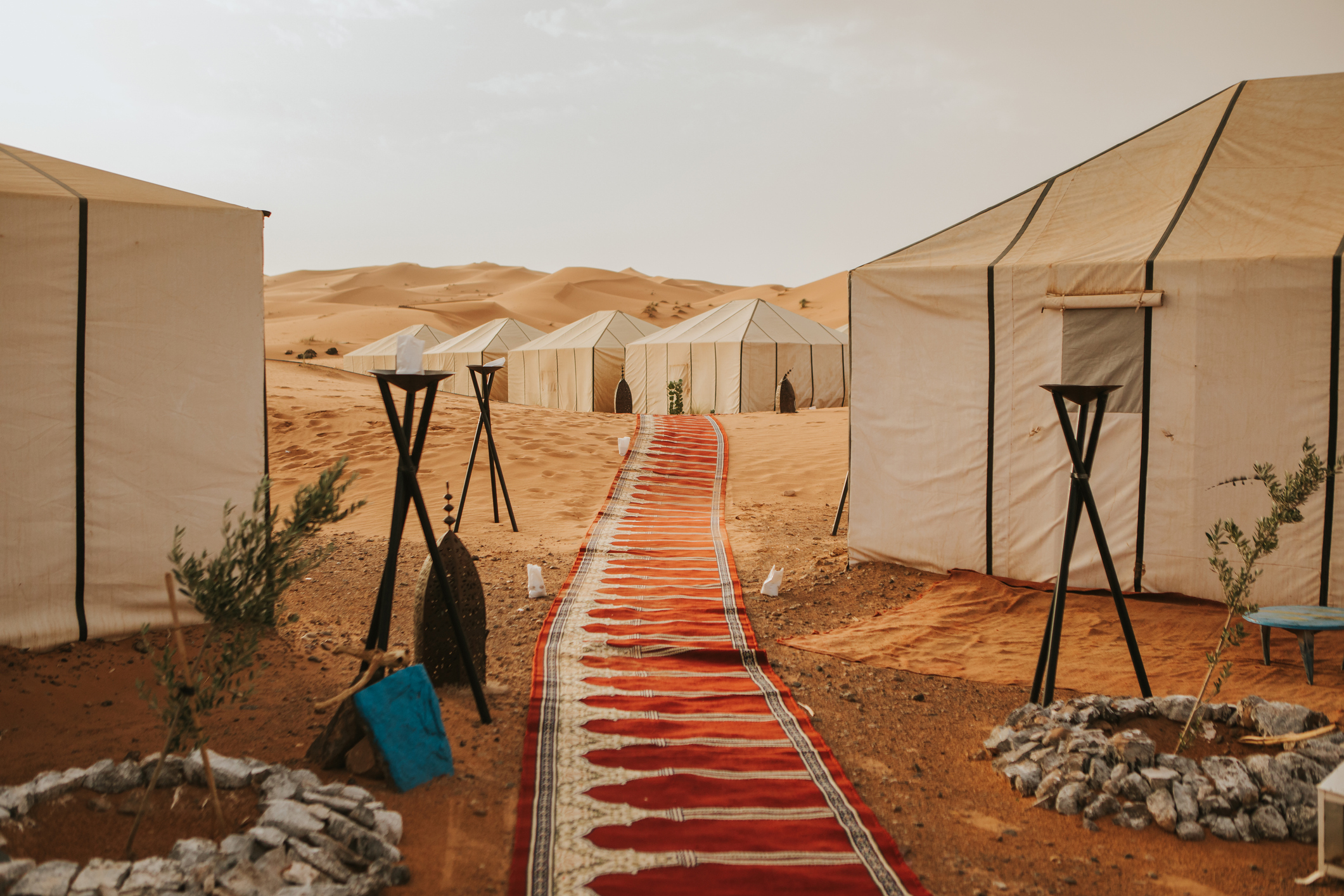“As electric-vehicle demand accelerates, every tonne of cobalt that avoids the Congo bottleneck rewrites the global battery equation. A scalable, low-carbon supply emerging from Morocco would not only diversify risk for automakers—it would also anchor a friend-shored, ESG-compliant value chain that North American and European manufacturers have been demanding.” — Tracy Hughes, Executive Director, Critical Minerals Institute (CMI)
In the jagged orange folds of Morocco’s Anti-Atlas—where terraced villages cling to cinnamon-hued slopes and goat paths trace centuries-old caravan routes—Catalyst Mines Inc. is rewriting the kingdom’s cobalt script. Last April, the company cut a series of hand-dug trenches into the hillside near the Berber hamlet of Amassine and struck a geochemical jackpot: serpentinite veined with chrome-black lenses assaying up to 27% chromium, enriched with nickel and cobalt throughout. One press release placed an in-ground value above USD$60 billion for roughly 609 million tonnes of mineralized rock—volumes that, if confirmed, would dwarf every cobalt occurrence Morocco has catalogued to date.
For nearly a century, Morocco’s cobalt narrative has centered on Bou Azzer, an underground labyrinth of cobalt‑arsenide veins first drilled in 1929. The mine’s calling card is purity, not tonnage: annual output of ~1,500 t cobalt keeps Morocco in the global top ten but far behind the Democratic Republic of Congo (DRC). Still, Bou Azzer’s high‑grade feed underpins supply deals with BMW and Renault—contracts that signal Western automakers’ search for non‑Congolese material. Yet Bou Azzer’s narrow stopes and dwindling reserves leave little room for growth.
Catalyst Mines hopes to fill that gap. The Amassine Project, 90 km southwest of Bou Azzer in the same Neoproterozoic serpentinite belt, exhibits mineralization across broad ridgelines rather than hairline veins. Trench averages of 10,880 ppm chromium (≈1.1 %), 1,481 ppm nickel and 102 ppm cobalt—with cobalt highs triple that value—anchor the initial discovery, but grades are expected to improve as pit optimization targets higher-grade pods at depth. The scale of surface mineralization suggests the potential for a long-life, low-cost open-pit operation with multi-metal revenue streams.
Field crews describe boots crunching over snake‑green serpentinite flakes while local drillers collared the first diamond hole in late June. “If Bou Azzer is a violin string, Amassine is a bass guitar—same tune, deeper register, and much louder,” one member of the geological team observed. Because the orebody daylights over hundreds of metres, open‑pit extraction and conveyor‑belt throughput could slash unit costs compared with Bou Azzer’s underground workings.
Geology, however, is only the opening act. Metallurgy, infrastructure and policy decide whether rocks become revenue. On those fronts Morocco is assembling the pieces. A cobalt‑sulphate refinery near Marrakech—part of a US $100 million Managem project—targets 5,000–6,000 t pa of battery‑grade product starting 2025, giving Amassine a ready downstream outlet.
Free‑trade agreements with both the EU and the United States further sweeten the logistics, positioning Morocco as the Atlantic‑rim alternative to the DRC‑Indonesia supply axis.
Catalyst Mines’ CEO Tyler Burpee frames the project accordingly: chromium forms stainless steel’s backbone, nickel and cobalt energize high‑density batteries—“…mine one, capture three.” His logic mirrors market physics. Batteries already swallow more than two‑thirds of global cobalt consumption, and demand is forecast to quadruple by 2030 as electric‑vehicle output climbs. The Cobalt Institute projects the market swinging from surplus in 2024 to deficit early next decade, even after factoring Indonesia’s surge and the DRC’s still‑dominant share. A scalable, low‑carbon Moroccan supply could therefore become critical to OEM procurement strategies that now embed ESG scorecards alongside price.
Meanwhile, Chinese interest in Morocco’s battery mineral ecosystem is growing rapidly. The China-based COBCO (China Overseas Battery Corporation) is building a nickel and cobalt refinery in partnership with Moroccan state actors to supply both domestic and international battery manufacturers. Separately, another Chinese consortium has partnered with Al Mada, the Moroccan royal holding company, to explore and develop battery-metal assets in-country—an alliance seen as a strategic move to cement China’s influence along the Atlantic corridor and hedge against supply disruptions from the DRC and Indonesia. For Western firms, this growing presence reinforces the urgency to secure alternative, transparent sources of critical minerals.
Rabat has long courted such scenarios. In 2022 ONHYM’s secretary‑general highlighted Siroua’s cobalt potential, calling for “additional primary resources” to reinforce national industrial policy. Local media cast Catalyst’s find as a once‑in‑a‑generation windfall, and policymakers see echoes of the country’s phosphate success: develop downstream capacity, lock in offtake partners, and leverage location to straddle European and African markets.
Bou Azzer nonetheless remains the benchmark. Its miners pursue veins slimmer than subway turnstiles; Catalyst’s geologists walk shoulder‑to‑shoulder across chromite horizons. Bou Azzer ships <2 % of world supply; Amassine, if half its tonnage converts to reserves, could double Morocco’s output on its own—potentially becoming the second primary cobalt mine in Morocco, after Bou Azzer.
Human capital underpins the calculus. Siroua’s highlands face chronic under‑employment; responsibly developed open‑pit operations could finance roads, clinics and technical training. Officials note Bou Azzer has supported families for three generations; they argue Amassine can do the same if Catalyst honours Moroccan labour and environmental statutes.
Even so, the macro picture is compelling. Cobalt is the bottleneck metal: indispensable to NCM and NCA cathodes, pivotal in turbine superalloys, scarce outside Central Africa. If Amassine delivers even a portion of its potential, Morocco could leap from ninth to top‑five cobalt producer at a moment when Washington and Brussels legislate for “friend‑shored” critical minerals. Price leverage would tilt: battery makers negotiating against DRC hydroxide traders would gain a Mediterranean alternative.
If Catalyst Mines pulls this off, fresh trenches on a lonely Siroua ridge may mark the point where Morocco’s mining past collides with its energy-transition future — and where cobalt claims a new address on the world map.




Leave a Reply